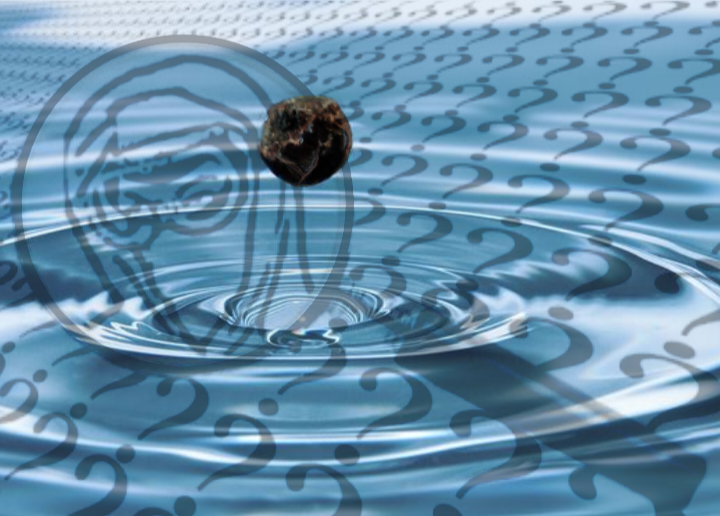Fact 54: How tall is Mount Everest

Fact 54: How tall is Mount Everest Everest is 8,849 m tall, interestingly Everest is named after Colonel Sir George Everest (a Welsh surveyor and geographer) (born 4 July 1790- died December 1866) so should technically be pronounced Eve-rest because that is how his name was and should be pronounced. The first people to climb Mount Everest (and reach the summit) were Edmund Hillary (20 July 1919-11 January 2008) and Tenzing Norgay (29 May 1914-9 May 1986) the both climbed Mount Everest on 29 May 1953.


























